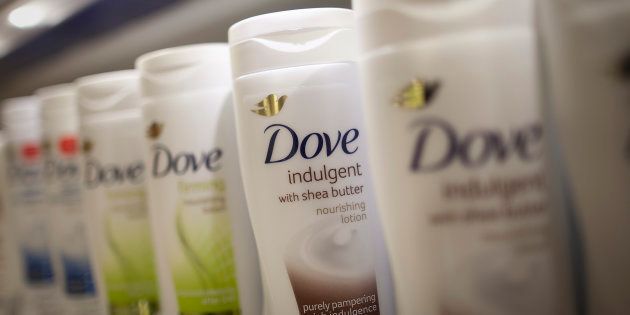
Last week, Dove launched a Facebook campaign depicting a black woman turning into a white woman after using Dove body wash. This did not wash well, no pun intended, on social media influencers such as Ava Duvernay, Gabrielle Union and Minister of Arts and Culture Nathi Mthethwa, who spoke out strongly against the ad and called Dove out for racism.
Although Dove apologised for the ad, saying it had "missed the mark", this hasn't smoothed things over with the public. People are angry that Dove and its executives saw it fit to commission this ad, especially after the epic failure of the Pepsi Kendall Jenner ad. It is shocking that companies are still tone deaf to racial sensitivities. In hindsight, was there a way for Dove to avoid this embarrassment and be more socially sensitive through applying the principles of human-centered design?
According to IDEO.org, human-centred design is a process that starts with the people you are designing for and ends with new solutions that are tailor-made to suit their needs. It consists of three phases: inspiration, ideation and implementation.
In the inspiration phase, you spend time learning directly from the people you are designing for as you immerse yourself in their lives and come to deeply understand their needs.
In the ideation phase, you begin to design a solution and build a prototype that you "get out of the building" with for the implementation phase. Looking at the results, Dove probably skipped over the inspiration phase and went right to the ideation and implementation phase. Numerous entrepreneurs and companies make this costly mistake because they think that by building algorithms and analysing data on spreadsheets, they know their customers.
If Dove had sent out a team of marketers to speak to women of colour, or even Shaniqua from the mail room, this could have been avoided.
Yet this doesn't build empathy for your customer, which is critical to human-centred design -- where you get to see their eyes widen in excitement or watch them shift in their seat when facing a difficult question. One of the great elements of human-centred design is that it helps cut waste before you rush out of the building with a product or service no one is interested in, or wants to use, like the $700 wifi-enabled Juicero blender.
Admittedly, it is time-consuming and may be an administrative nightmare to organise various interviews with potential and/or existing customers. But, as we have seen from some of the world's largest companies, the damage caused by "missing the mark" can be more than just financial, so the question becomes: How can you afford not to speak to your customers?
If Dove had sent out a team of marketers to speak to women of colour, or even Shaniqua from the mailroom, this could have been avoided. However, as great as human-centred design is, there is a bigger matter at play, which is culture. Business and management guru Peter Drucker said "culture eats strategy for breakfast". Therefore, even with all the best strategies, tools and tactics in place, if the culture of a company is bad, no new processes or systems can yield sustainable results.
This is not the first time Dove has released a racially questionable ad. In 2011, a similar ad promoting the same product was released that speaks to a deeper, systemic problem in the organisation.
The terrible aspects of the cultures of companies such as Dove, Pepsi and KPMG have been exposed in the media to reveal racism, corruption and unethical leadership. But rather than viewing this negatively, perspective can change everything. This can be an opportunity to learn from mistakes, looking at the boycotts as feedback and taking time out to intentionally create a new, diverse and inclusive culture.
The apology from Dove is noted. But there is more that can be done as, generally, Dove has run meaningful campaign ads in the past, such as the Choose Beautiful and Legacy ads. So we know what the company is capable of.
Next time, Dove should use human-centred design to create better experiences for their customers of colour, by gaining greater empathy for them. As Ava Duvernay said in her tweet to Dove, "You do good work. Have been for years. Do better here."
Design Thinking was born at Stanford University's Hasso Plattner Institute of Design, known as the d.school, which was started by David Kelley, the founder and chairperson of IDEO. My first contact with the concept was at the University of Notre Dame, as one of the modules of the curriculum for the Mandela Washington Fellowship.
Tiyani Majoko hosts human-centred design workshops for companies and small and medium enterprises interested in innovative problem-solving.
